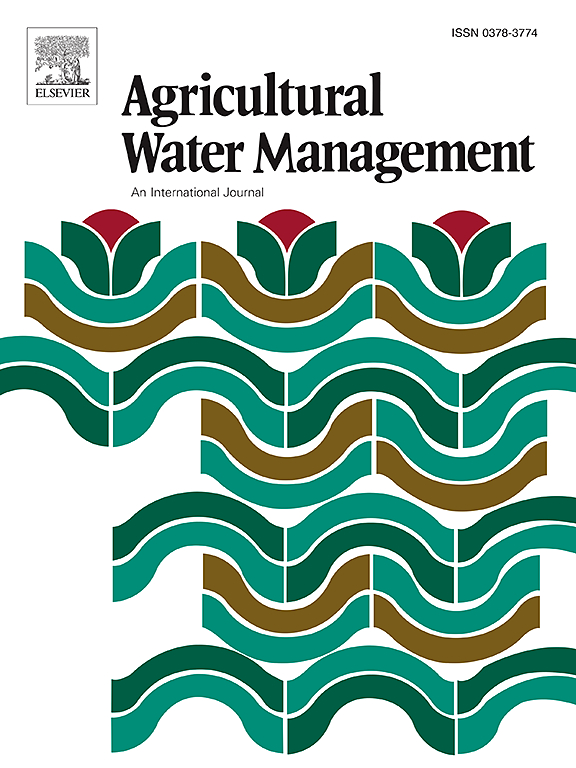Agricultural and energy products trade intensified the water scarcity in the grain and energy base in northern China
IF 5.9
1区 农林科学
Q1 AGRONOMY
引用次数: 0
Abstract
As an energy and agricultural product export region that plays a crucial role in Chinese grain and energy security, the grain and energy base in northern China is a widely known ecologically fragile region, suffering from severe water scarcity. This study introduced the water-energy-food (WEF) nexus to assess the impact of agriculture and energy trade on the water stress in the study area. We find that the study area is a virtual water (VW) net outflow area, and the VW outflow with trading of agriculture and energy industry accounts for more than 85 %. The VW mainly flows to economically developed regions or water-abundant regions, which presents a "poor to rich" and "lack to abundant" situation. Although the implementation of water-saving techniques has improved the water use efficiency of nine research departments in the study area during 2012–2017, it is still lower than the national average, especially in agriculture. The contribution of VW outflow through agriculture trade to water stress is 20 %, while that through energy trade is 5 %. Approaches, such as VW compensation and inter-regional joint production, may be useful to balance national WEF safety. Otherwise, the water shortage in the study area is likely to worsen in the future.
求助全文
约1分钟内获得全文
求助全文
来源期刊

Agricultural Water Management
农林科学-农艺学
CiteScore
12.10
自引率
14.90%
发文量
648
审稿时长
4.9 months
期刊介绍:
Agricultural Water Management publishes papers of international significance relating to the science, economics, and policy of agricultural water management. In all cases, manuscripts must address implications and provide insight regarding agricultural water management.
 求助内容:
求助内容: 应助结果提醒方式:
应助结果提醒方式:


